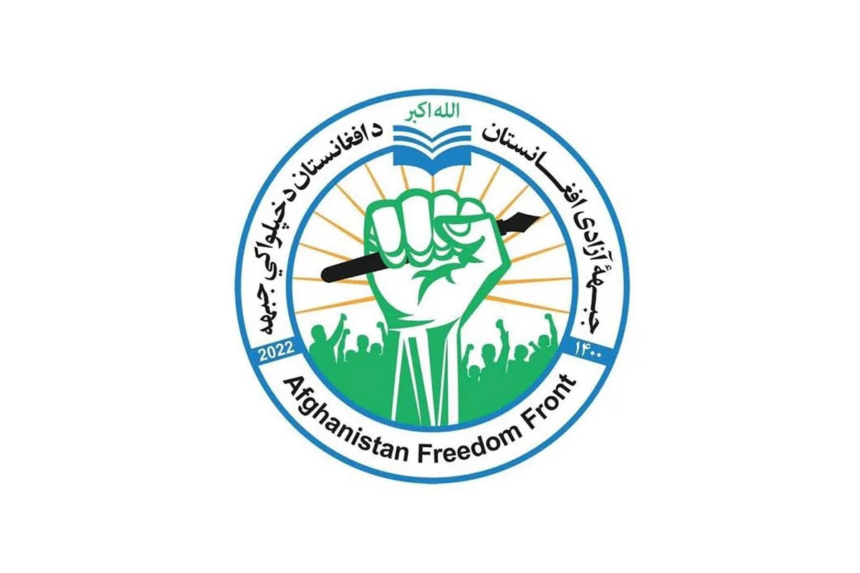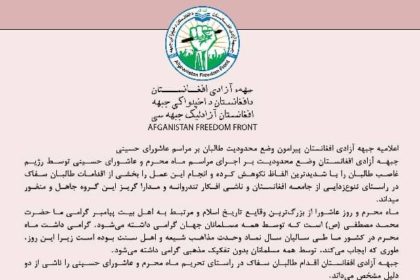RASC News Agency: In a direct escalation of armed resistance against Taliban rule, the Freedom Front of Afghanistan has officially claimed responsibility for a targeted guerrilla operation in the northern province of Kunduz. The attack, which occurred in the strategically significant Khanabad port area, reportedly killed two Taliban militants and wounded two others. Local sources confirmed that an explosion struck the city of Kunduz on Tuesday evening. Preliminary reports suggest that the blast was aimed at a Taliban patrol. In a statement released later that night, the Freedom Front declared that its fighters had deliberately targeted a Taliban Ranger vehicle near the main gate of Police District Six, adjacent to the headquarters of the Counter-Narcotics Directorate in Khanabad.
The group, which has emerged as one of the most active armed opposition factions confronting Taliban forces, characterized the operation as part of its broader campaign to dismantle the Taliban’s hold on the country. According to the Freedom Front, the ambush inflicted significant casualties, although independent verification remains difficult due to the Taliban’s media restrictions and lack of access to the scene. This incident underscores the increasingly fragile security landscape in northern Afghanistan, where Kunduz and other provinces have witnessed a marked uptick in insurgent activity. Resistance groups, emboldened by local discontent and the Taliban’s internal fragmentation, have intensified hit-and-run attacks, particularly in urban and semi-urban areas that were once considered secure.
The Freedom Front, which has repeatedly stated its objective of dismantling Taliban governance through sustained military and ideological confrontation, has carried out a series of high-profile attacks in recent months. Its operations signal not only the persistence of armed resistance but also the Taliban’s ongoing struggle to project authority beyond Kabul and suppress localized uprisings. The timing of the Kunduz attack is especially significant, as it comes amid growing instability across northern Afghanistan. Similar attacks ranging from targeted assassinations to IED explosions have been reported in adjacent provinces, indicating a coordinated effort among anti-Taliban factions to challenge the group’s monopoly on force.
Analysts warn that the resurgence of armed resistance, coupled with economic collapse and the regime’s lack of political legitimacy, may push Afghanistan into a prolonged phase of asymmetric conflict. As armed groups continue to test the Taliban’s limits, the prospect of national consolidation appears increasingly remote.






